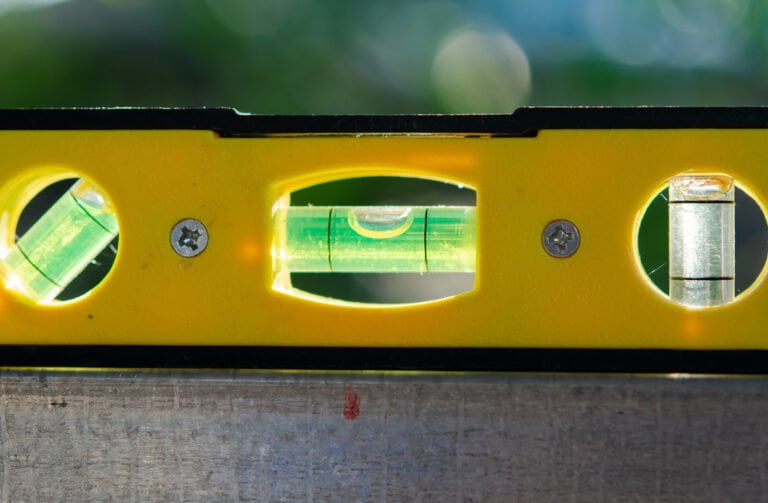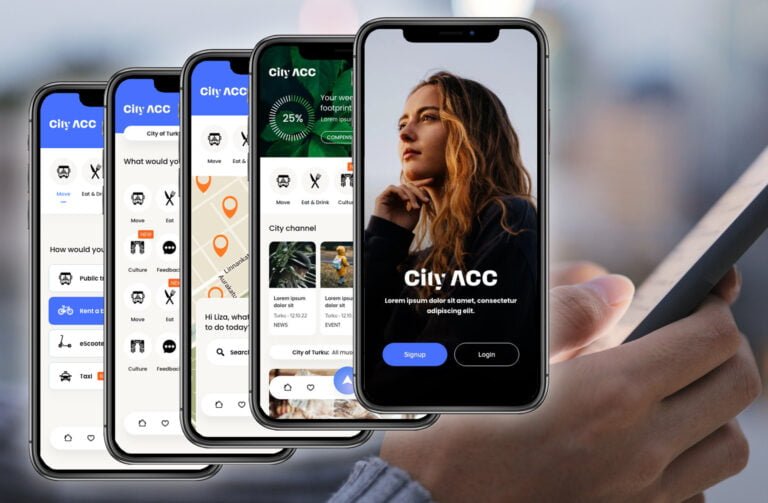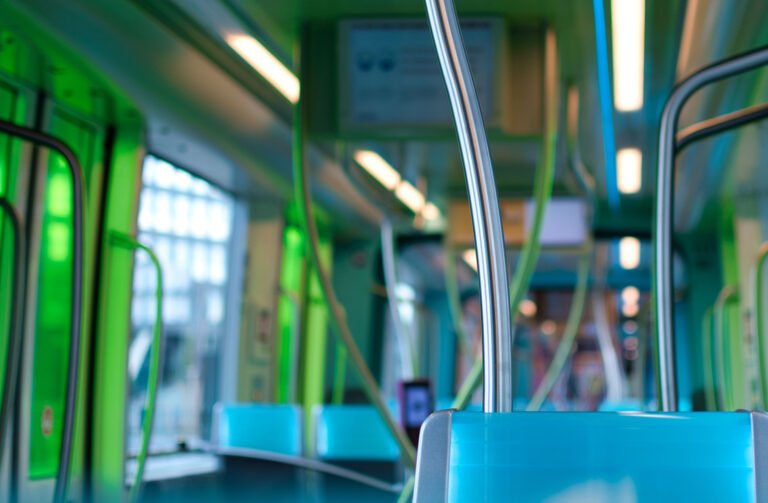By Timo Tuukkanen
COO of PayiQ
When I book a meeting saying I’m from a smart ticketing company, people are glad to see me, but when we sit down, the first question I often get is: “We’ve already got our own mobility app. Why are we having this meeting?”
This one is easy, since PayiQ’s core offering is infrastructure, not apps, but the question tells a lot about where the operator in question is in its mobile journey, and where we stand as a hole in multi-modal ticketing. Having your own ticketing app is entry level mobile mobility. It’s a must if you want to serve modern customers and to learn the new rules of the transportation game, but it is just a window to the future, not the future.
But back to our meeting. So, the people sitting on the other side of the table have their own app, in some cases even built by PayiQ (we do that all the time): how do we go from there?
“The intelligence lives in the platform beneath the app, not in the app”, I usually continue. “What you have now is a mobile kiosk selling your tickets. Would you like to control the pricing and the supply too?”
Now we are cutting to the chase. The platform that the apps are built on is the infrastructure of ticketing, and we believe focusing on that is the future. As all infrastructure work, this is demanding, and goes both deep and wide, and connects to everything.
Controlling the price on the apps is important but even more important is to be able to offer different modes of transport and sync them them together. This is why it is called infrastructure: all that goes on happens on this platform. An app is just an access point to what’s being offered there.
When a city, a transport operator or a MaaS operator decides that this is the way to go, to build something that enables smooth and seamless usage of different modes of transport to meet the needs of modern city dwellers, it is often an overhaul of the whole ticketing infrastructure, and it usually ends up working with consortiums.
A typical consortium for a bigger smart ticketing gig consists of an IT integrator partner, a hardware supplier and a software house. The integrator is the one responsible for the project as a whole. They know the rules of tendering, they have the turnover required in big projects, they can offer user support 24/7 (and this is no small thing) and they have experience in managing complicated projects. The hardware supplier may have to install thousands of readers in buses, metro stations, trams, bike stations etc. For this, you need enough muscle and a tested process to make it happen in time. And then there is the software supplier, a company like PayiQ, that provides the ticketing, payment and validation function that connects to everything around it, and the appropriate training.
The software partner should be payment method and ticket reader agnostic, and it should have both hardware and integrator partners in its network. In PayiQ’s case, our partner network is extensive and includes hardware suppliers, payment experts and major integrator houses. The key technological partner is the best we know, Microsoft and its Azure cloud computing service.
And as with any infrastructure investment, when built right, the ticketing infrastructure is built for the future. As the supply and modalities grow, the amount of transactions grows, new products and payment methods can be introduced and prices can be adjusted. Slowly, as the amount of data builds up, artificial intelligence can be brought in to steer the system and enable higher efficiency and better service.
Controlling the platform and having access to the intelligence in it also allows introducing new concepts to the system like the red hot trend of account-based ticketing. In this case, the system identifies the users to be able to best serve them, with different modes and countless payment options. But let’s not get ahead of ourselves, as much fun as it is. Let’s get the infrastructure right first.
















